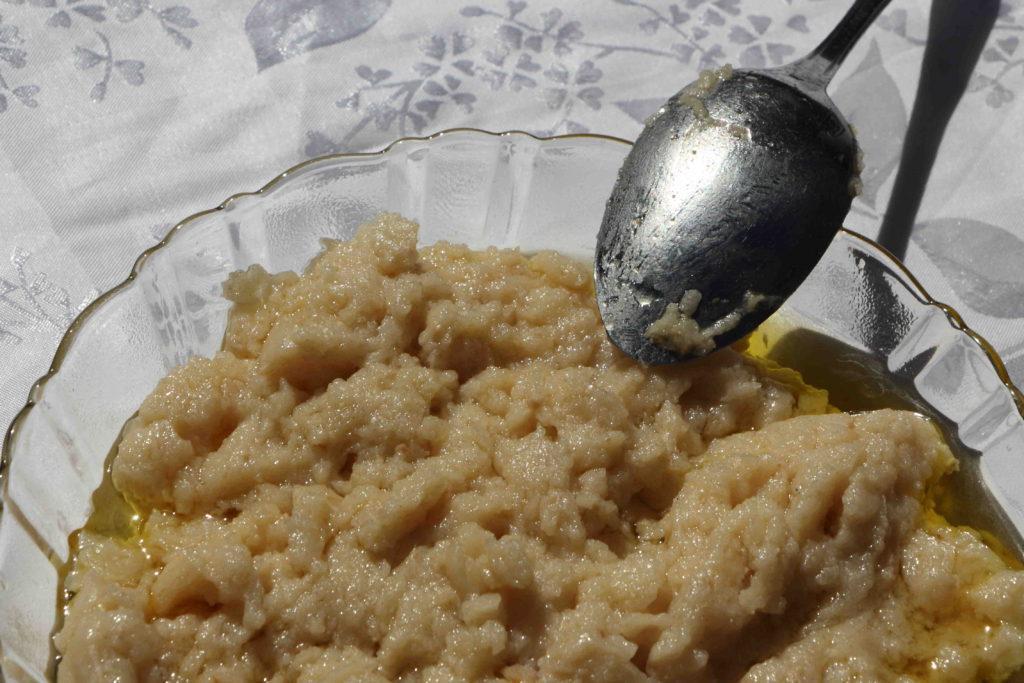The first “Revival of the Ishkashim Heritage” festival was held on August 18 2017 in the administrative center of Ishkashim district.
“Gulu Giyoh” has long been engaged in projects for the preservation and revival of Ishkashimi culture, in particular folk medicine and Ishkashim language. This event was a kind of result of seven years of “Gulu Giyoh” work. So, it gave the opportunity for public to get acquainted with the results of “Gulu Giyoh”-s activities.
On festival, the great attention was paid to the disappearing Ishkashim language.
Ishkashim language is one of the Pamir languages, which, until recently was widely distributed on both sides of Panj river, in the Tajik and Afghan Ishkashim. At present, in Afghanistan, this language is completely replaced by the official Dari and used occasionally only by the older generation. In Tajik Ishkashim the number of native speakers is sharply reduced – at the moment it is spoken by less than 1,000 people. One of the actions taken to preserve the language was the publication of book in the Ishkashim language called “Sunrise” (Remuzdlftuk 2013). Materials for this book were collected by the native speakers themselves. Also, a book by professor T. Pakhalina “Ishkashim language” (Ishkashimskiy Yazik 1959) was reprinted. The festival provided an opportunity for guests to get acquainted with these, as well as many other publications.
There were approximately 300 people at festival.
There are few sectors which where presented in festival:
1)”National cuisine” – there guests were able to treat most popular Pamir cuisines, and findout how they are prepared in Ishkashim region, to know how these cuisines effect to human body.


2)”Needlework” – the handicraft products of women cooperative “Jamshed” were presented there. Traditional socks – jurabs, Vakhan traditional skullcaps and others.
3)Also, many local entertainers participated in festival and played traditional music
4)Children had opportunity to play traditional games and show their knowledge in Ishashimi language.
5)Moreover, guests had opportunity to see traditional dresses and fake wedding.
According to feedbacks of local residents and invited guests, such kind of
events should be held more often, at least once a year.
Comments by gulugiyoh@gmail.com